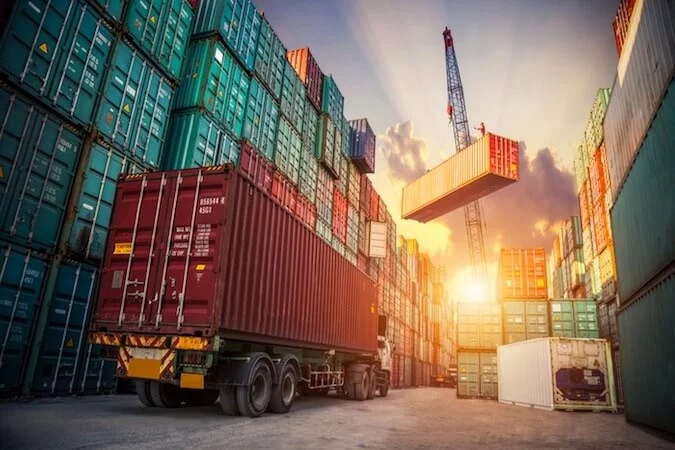17 February, 2023 Shipping containers play a vital role in global trade, and lifting them safely and efficiently is essential for both worker safety and cargo protection. Whether you're moving a container from one location to another or loading it onto a ship, using the right techniques and equipment can make all the difference. In this guide, we’ll walk you through various methods of lifting shipping containers, with a focus on container lifting as the main topic. We’ll also explore different tools such as slings, automatic lifting hooks, and other lifting solutions to help you choose the best option for your needs. One of the most efficient ways to lift a shipping container is by using automatic lifting hooks. These hooks are designed to securely fasten to the top corner castings of the container and allow for safe, controlled lifting with a crane. Unlike manual methods, which require workers to be close to the container during the process, automatic hooks can be operated remotely, significantly reducing the risk of accidents and injuries. They are also highly adaptable, capable of handling containers of different sizes and weights, making them a flexible and reliable choice for many lifting operations. Index Cranes are widely used in the shipping industry for lifting and moving heavy containers. Among the most common types are mobile cranes and gantry cranes. Mobile cranes offer flexibility, allowing them to be moved around the site easily, making them ideal for loading and unloading containers from trucks and ships. Gantry cranes, on the other hand, are fixed structures often found in ports and shipyards, where they provide stable and efficient lifting capabilities for large-scale operations. Auto Release Hooks Lifting Hooks  While cranes are the most common method for lifting shipping containers, there are several alternative approaches that may be more suitable depending on the situation. Forklifts, hydraulic lift systems, and container lifting jacks are among the most frequently used options. Each has its own advantages and limitations, and the best choice depends on factors like container size, weight, and the environment in which the lift will take place. Forklifts are commonly used for lifting smaller containers or moving them within confined spaces. They have a maximum lifting capacity of up to 45,000 pounds, making them well-suited for small to medium-sized containers. To use a forklift for lifting, the operator inserts the forks into the corner castings of the container and raises them, lifting the container off the ground. This method is cost-effective and easy to operate but is not suitable for very heavy or large containers. Hydraulic lift systems are often used in shipyards and container terminals due to their stability and power. These systems use a series of hydraulic cylinders to lift the container off the ground, making it easier to move and transport. They are particularly useful when dealing with heavy loads or when precision is required. However, they tend to be more expensive and require specialized training to operate effectively. Container lifting jacks are an essential tool for safely raising and lowering shipping containers. When used properly, they can provide a secure and controlled lift, especially in situations where cranes or forklifts are not available. It’s important to follow all safety guidelines and ensure that the jack is rated for the weight of the container before use. Choosing the right type of sling is crucial when lifting a shipping container. The wrong sling can cause damage to the container or even lead to serious accidents. Here are some of the most commonly recommended types of slings: When selecting slings, always consider the weight and dimensions of the container, as well as the lifting conditions. It's also important to inspect the slings regularly and follow the manufacturer's guidelines to ensure safe and effective use. By choosing the right slings and using them correctly, you can lift shipping containers safely and efficiently every time. Injection molding is suitable for almost all thermoplastics. In recent years, injection molding has also been successfully used to form some thermosetting plastics. The molding cycle of injection molding is short (a few seconds to a few minutes), the quality of the molding products can be from a few grams to dozens of kilograms, can be a molding of complex shape, precise size, with metal or non-metal inserts molding products. Industrial Dryer Machine,Pressure hopper Dryer ,auxiliary pressure Dryer machine Ningbo Haijing Plastic Machine Manufacturing Co. LTD , https://www.chinahaijing.com
Lifting with Gantry Cranes
Get to know more about Elebia hooks
Other Ways of Lifting a Sea Container
Forklift Trucks
Hydraulic Lift Systems
Container Lifting Jacks
What Type of Slings Are Recommended?